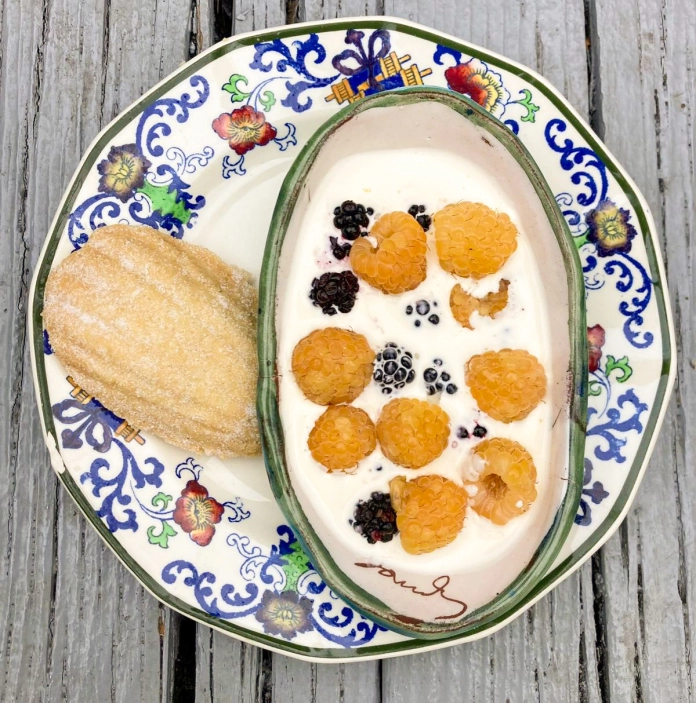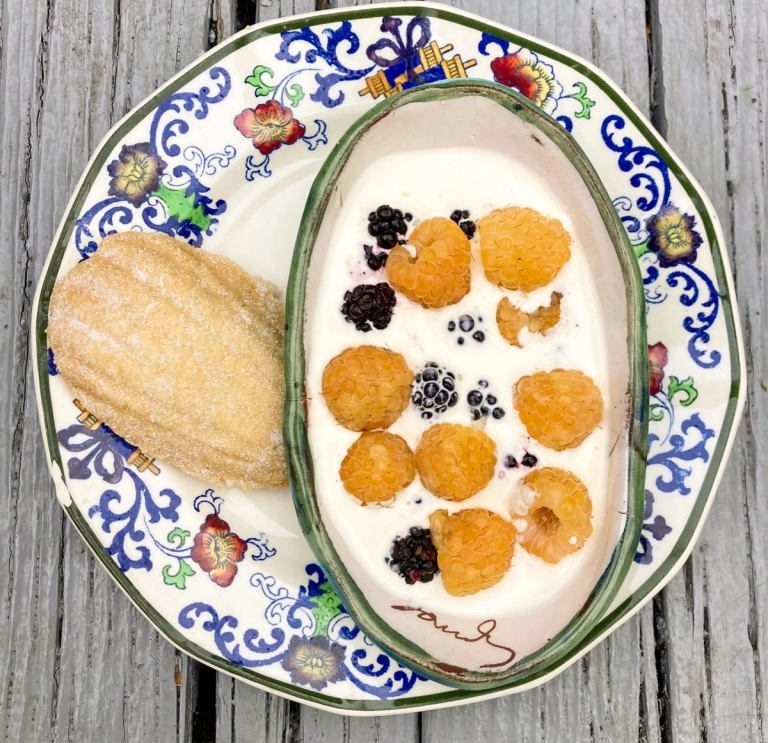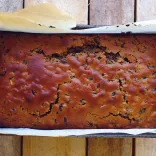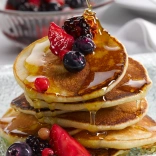Great Britain is an island of biscuit lovers, and the Welsh Aberffraw biscuit is said to be our oldest biscuit - dating back to the 13th century.
This is a hard boast to verify, but there are some clues to suggest the claim isn’t half baked. Notably, the biscuit’s distinctive scallop shell shape is thought to share a connection with the Camino de Santiago (The Way of St James), a famous pilgrimage route that became popular across Europe, including in Wales, from the 8th century onwards. The trail uses the scallop shell as a waymarker, and biscuits, like the Abberfraw, would have served as ideal sustenance for pilgrims heading to Spain.
Whether or not the Aberffraw scoops the award for the oldest biscuit in Britain, they claim a legion of fans today, thanks, in part, to the establishment of the Aberffraw Biscuit Co in 2013, which brought the shortbread snack back to the attention of the masses.
As well as being delicious, the biscuits, which take their name from the village on the isle of Ynys Môn, North Wales, where they originated, are delightfully simple to make, traditionally consisting of just three ingredients: flour, butter and sugar (at a ratio of 3:2:1).
When is it eaten?
If the links to the Camino de Santiago pilgrimage trail are to be believed, then there is no better time to sample some Aberffraw biscuits than out on a hike in the Welsh countryside. Though many would insist they are better enjoyed at home, as an afternoon or evening snack, accompanied by a cup of tea.
Notes from the chef
Traditionally, bakers would have achieved the Aberffraw biscuit’s distinctive shape by pressing the dough against a scallop shell, and this recipe calls for the same method. Though, if you can’t find any scallop shells on your local beach, French madeleine moulds make a good alternative, giving a similar look. If opting for this method, you will need to lightly butter and flour the tins before pressing the dough into the tin ahead of baking. (Of course you could also simply roll the dough out into rectangles and bake, but they would then merely be shortbreads and where's the fun in that!)
This recipe for the biscuits is very easy to scale up or down depending on the size of the batch you’re aiming to make, with the ratio of ingredients (flour, butter and sugar at a ratio of 3:2:1) always remaining the same. If you want to make a big batch you can freeze the dough in balls then take them out of the fridge to defrost overnight before pressing onto your shell and baking.
Lemon zest or powdered ginger make good additions to the biscuits. Based on quantities specified in this recipe, I would add ½ tsp of ginger into the mix if desired. Some old recipes also suggest substituting one third of the plain flour with wholemeal flour. This will give the biscuits a grainy texture that is supposed to remind diners of the sand at the seaside.

How to make Aberffraw biscuits
Makes: 8 | Prep time: 15 minutes | Cook time: 20 minutes
Ingredients
50g caster sugar
100g butter, room temperature
150 g flour
Method
Step 1: For this recipe you want your butter to be soft, but not melted, so leaving on a warm windowsill would be perfect. On a cold day place in the microwave or on the hob until just beginning to melt. While waiting for the butter to soften, preheat the oven (180C; fan 160C; gas 4).
Step 2: Sift the flour and sugar into your butter (add a pinch of salt if using unsalted butter), then bring together with your fingertips until you have a smooth dough.
Step 3: Split the dough into eight balls and press each ball onto the inside of a clean scallop shell to create the desired shape, before peeling off and placing onto a large baking tray. Repeat with the remaining balls. Once all have been pressed, bake in the oven for 20 minutes or until golden brown.
Step 4: Place onto a cooling rack to cool, dusting with extra sugar while still warm. Once cool, the biscuits will keep well in an air-tight container.
This recipe was researched and tested by chef Alex Vines. Alex developed his signature “simple yet attentive” cooking style during a decade working in renowned London restaurants. Originally from Cardiff, Alex champions the use of seasonal and local produce, mirroring the principles of traditional Welsh recipes. Follow Alex on Instagram.




